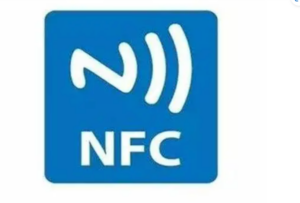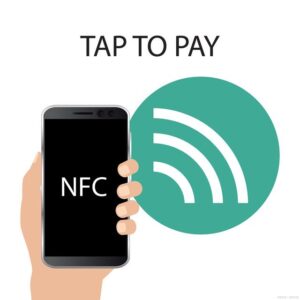NFC is a short-range, high-frequency wireless communication technology that allows contactless point-to-point data transmission between electronic devices, mainly for wireless payment, transmission of information and device interconnection. Compared with Bluetooth, NFC has advantages in terms of security, but the transmission range and speed are slightly lower. However, the convenience of NFC makes it widely used in wireless payments and data transmission. In the future, NFC is expected to be further improved and applied to more fields.

What is Near Field Communication (NFC)? NFC is a short-range, high-frequency wireless communication technology that allows contactless point-to-point data transmission between electronic devices. The emergence of NFC technology makes it more convenient for us to make wireless payments, transmit information and realize the interconnection of devices.
NFC technology works by short distance communication between a pair of radio sensor devices with a common frequency, allowing two-way communication between the two devices. This communication occurs at a range of 30 centimeters (11.8 inches), so devices need to be fairly close to each other in order to communicate. NFC devices are divided into two modes: active mode and passive mode. Devices in active mode have a higher transmission power, while devices in passive mode can only rely on the electromagnetic field of the active mode device for data transmission.

In contrast, Bluetooth technology is a wide-area wireless communication technology that allows devices to communicate over longer distances. Bluetooth technology is usually used to connect mobile phones, computers, audio devices, etc., with greater range and higher speed in terms of data transmission.
In terms of security, NFC has certain advantages compared with Bluetooth. Due to the small range of NFC communication, it can only communicate when devices are in very close proximity to each other, so relatively high physical contact is required, making it difficult for hackers to attack it. In addition, NFC also uses encryption technology to protect the security of data transmission. In contrast, the communication range of Bluetooth technology is large, and there is a certain security risk, and hackers may invade or steal data through Bluetooth.
In terms of convenience, NFC is faster and more convenient than Bluetooth. When transferring data between NFC devices, only devices need to be placed close together to establish a connection, without the need for a complex pairing process. Bluetooth connections, on the other hand, require pairing between devices, often requiring operations such as entering a password. In addition, NFC technology can also support a feature called “near field payment”, which allows users to make wireless payments through NFC devices such as mobile phones.
In summary, NFC is a short-range, high-frequency wireless communication technology that allows contactless point-to-point data transmission between electronic devices. Compared with Bluetooth, NFC has more advantages in terms of security, but it is slightly inferior in terms of transmission range and speed. However, the convenience of NFC has made it widely used in wireless payments and data transmission. As the technology continues to evolve, NFC is expected to be further improved and applied to more fields in the future.
